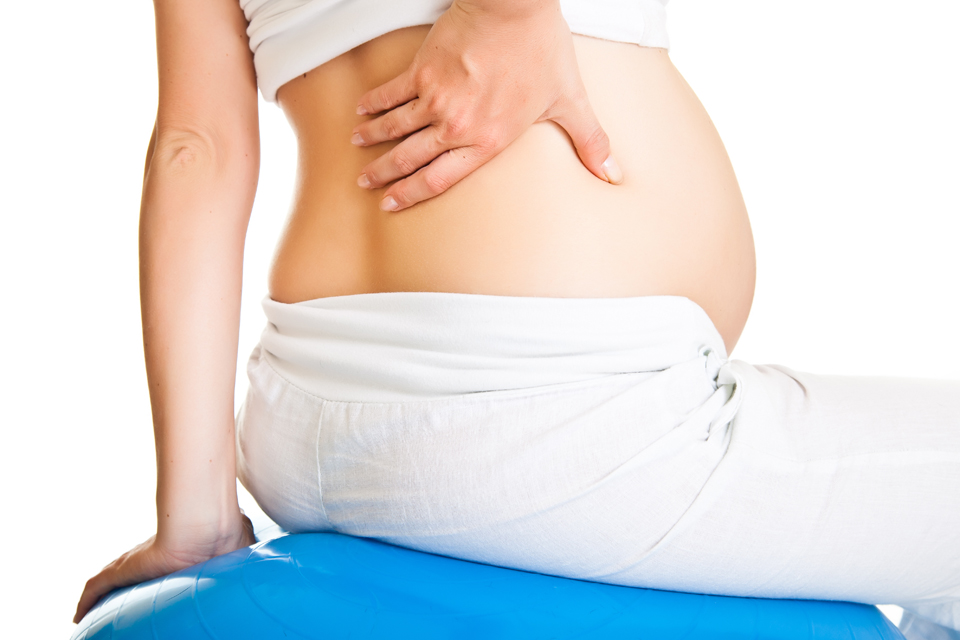Osteopathy for Pregnant and Post-partum Mothers
Aches and pains are common during pregnancy, as the body changes shape to accommodate the increasing size and weight of the uterus. This involves considerable changes to posture. If the mother has existing back problems, or strains in her body from past accidents or trauma, it may be more difficult for her to accommodate these changes, and she may suffer more discomfort as a result.
The ligaments of the whole body soften during pregnancy due to the action of hormones. This allows the bones of the pelvis to separate slightly during the delivery to facilitate the passage of the baby’s head through the pelvis. Unfortunately this softening affects the whole body and makes it more vulnerable to strain during the pregnancy.
Postural changes may cause backache, neck ache, headaches, sciatica, aching legs and undue fatigue.

As the uterus expands, it can stretch and squash the diaphragm contributing to heartburn. Postural changes through the lower ribs and spine can impede the action of the diaphragm and make breathing difficult. Nausea and vomiting can cause debilitating physical strains in the diaphragm and ribs.
Tension within the pelvis or diaphragm area can increase resistance to the return of venous blood to the heart from the lower half of the body. This can cause or aggravate varicose veins in the legs, and haemorrhoids.
Osteopathy is proven to be a safe, gentle and effective therapy for mothers and can assist the body adjust to the natural process of pregnancy and birth. Osteopathic treatment aims to optimise your body’s ability to change and support you and your baby with a minimum of pain and discomfort.
Cranial Osteopathy for Children
It is a common belief that babies and children should have no structural stresses or strains in their bodies, because they are ‘so young’. The reality is very different. Birth is one of the most stressful events of our lives. The baby is subjected to enormous forces, as the uterus pushes to expel the baby against the natural resistance of the birth canal. The baby has to turn and twist as it squeezes through the bony pelvis, on its short but highly stimulating and potentially stressful journey. The baby’s head has the remarkable ability to absorb these stresses in a normal delivery. In order to reduce the size of the head, the soft bones overlap, bend and warp as the baby descends. The baby’s chin is normally well tucked down towards its chest to reduce the presenting diameter of the head.
Many babies are born with odd shaped heads as a result. In the first few days, the head can usually be seen to gradually lose the extreme moulded shape, as the baby suckles, cries and yawns. However, this unmoulding process is often incomplete, especially if the birth has been difficult. As a result, the baby may have to live with some very uncomfortable stresses within its head and body.
The gentle approach of osteopathy is especially suitable for babies and children and can work alongside other disciplines to assist in the management of a range of problems that may interfere with the normal development of a child. Trauma during pregnancy and birth, childhood accidents and falls, or the rapid changes associated with the body’s growth can create or contribute to problems associated with bones, muscles, ligaments, tendons and nerves and place stresses on the body as they grow from babies to teenagers.
Reactions to treatment are variable, often the baby or child is very relaxed afterwards and sleeps well. Others have a burst of energy after treatment, usually followed by a good nights sleep.
Occasionally children are unsettled after treatment. This is a temporary situation, and usually clears within 24-48 hours.
If you would like more information please give us a call on 020 3589 8664



Add Comment